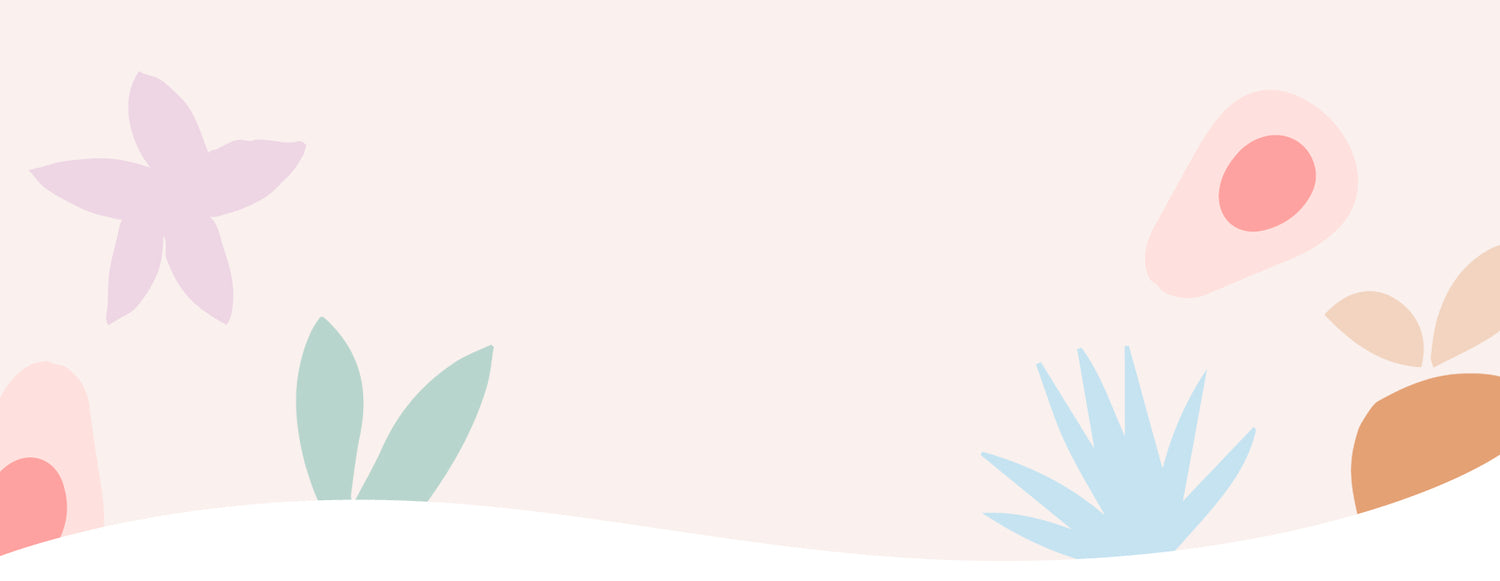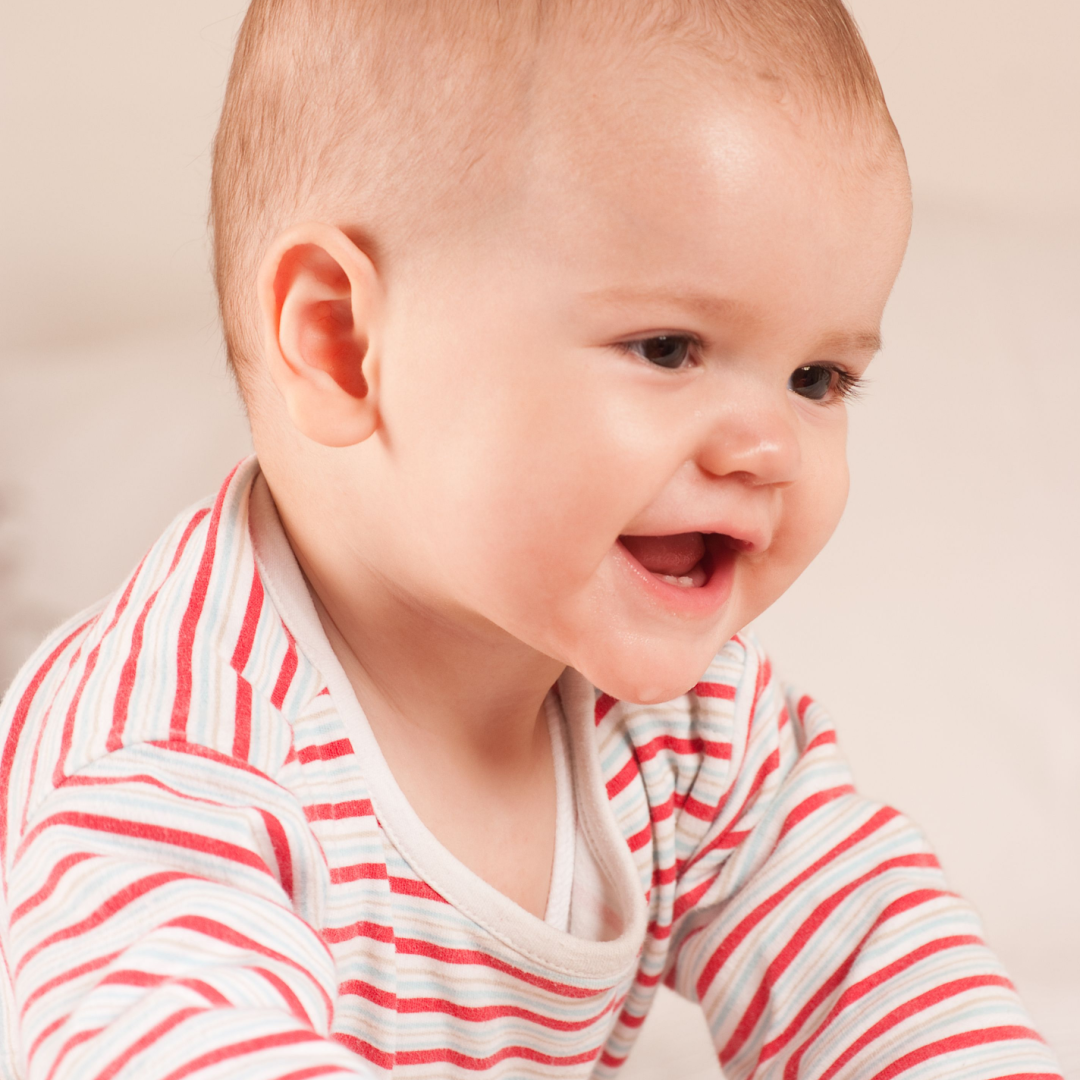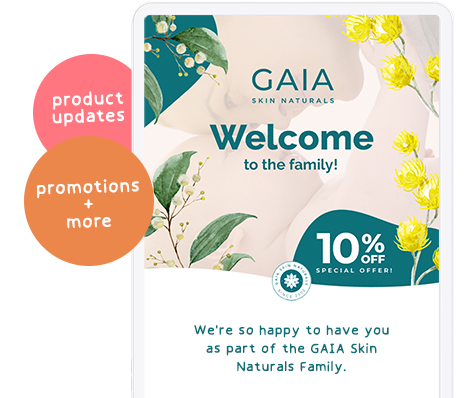Dribble rash, also known as drool rash, is very common especially in babies who are teething. But it can also appear earlier, around 4 months of age when a baby’s salivary glands are starting to work. Dribble rash is not generally cause for worry; however, it can cause their skin to become red and irritated, especially in winter when the temperature drops and there is less humidity in the air.
Dribble rash is also common because a baby’s skin is sensitive and thin. It’s easily irritated and they are prone to rashes and redness. Once babies develop a rash, it can take time to clear up, especially when their skin is constantly wet and doesn’t have a chance to dry out.
What exactly is dribble rash?
Dribble rash is a type of skin irritation which happens on a baby’s face, most commonly around their mouth, chin and cheeks. It can also extend into their neck and the folds of their skin. Sometimes dribble rash can be on a baby’s chest, especially in summer when they’re wearing less clothing to absorb the saliva.
Dribble rash looks like red, slightly raised bumps on the skin. Often it makes the skin look dry and chapped.
Anywhere the skin is in contact with the baby’s saliva is likely to be affected. Babies aren’t very skillful at swallowing their saliva. And when they’re teething, their salivary glands are working overtime, producing lots of watery saliva which ends up dribbling out of their mouth.
Dribble rash basics
Babies who are teething are also more likely to chew on their fingers and toys. This means their mouth is constantly open so their saliva isn’t contained in their closed lips. For a few months when babies are teething, they can seem constantly wet around the mouth, neck and chest.
Dribble rash is not contagious or a sign that the baby is unwell, unless they have other symptoms which may indicate illness.
Dribble rash can be less obvious when a baby wakes in the morning and from their daytime sleeps. It can appear redder after they have eaten. This is because some foods, especially fruits, can irritate skin which is already prone to rashes.
When will my baby’s dribble rash go away?
It’s hard to say when it will stop for every baby. Dribble rash is more common for babies who are getting their first teeth, around 6-12 months of age. However, toddlers can get dribble rash as well, especially when their molar teeth are erupting.
Does dribble rash hurt my baby?
Dribble rash isn’t harmful, but it’s almost certainly irritating. Think about how our lips feel when they’re chapped and we’ve been constantly licking them. It’s not uncommon for babies with dribble rash to want to rub their chin and cheeks onto a parent’s shoulder, on their bottom sheet or bring their hands and fingers to their face to scratch.
Skin irritation which is caused by external factors, rather than something happening on the inside, is often soothed by moisturisers and emollients which help to return the skin cells to their normal state.
What can I do about my baby’s dribble rash?
The solution is to avoid their skin being constantly wet. Keep their skin clean and dry by gently wiping excess drool before it has a chance to sit for too long on their skin.
5 top tips
- Use bibs on your baby to absorb the extra drool. Avoid using plastic backed bibs and always remove their bib before they go to sleep.
- Wash their face with plain water, using a soft cloth or moistened cotton wool balls.
- Offer your baby teething rings and toys to chew on. If they’re drooling because they’re teething, it can help to soothe the urge to bite down with cool toys and teethers.
- Use a gentle, non-fragranced moisturiser which is pH neutral. Warm this between your fingers before smearing it onto their skin. Avoid any creams getting into your baby’s eyes or mouth.
- Avoid using irritating substances in their bath. Wash their clothing in low allergenic detergent and double rinse their sheets if you feel there’s residual detergent in the load.
Some other tips to help
- Change your baby’s cot linen frequently, especially the bottom sheet.
- Pat your baby’s skin dry and avoid rubbing it. Use only soft, absorbent washers or cloths and towels around their face.
- Use a thick cream which will create a barrier between the saliva and your baby’s skin. You can use this in combination with a moisturiser.
- Wash your baby’s cuddly toy if they’re chewing on it a lot.
- Let your baby suck on a dummy if they’re keen. Dummies can help to keep saliva in the mouth. Make sure the dummy has holes and is shaped to help air flow.
- Monitor your baby’s dribble rash to see if it changes. Some babies are prone to eczema and need special creams or ointments to relieve eczema or dermatitis caused rashes. If you notice their dribble rash becomes cracked, weeping or it’s bothering your baby, get medical help.
Written for GAIA by Jane Barry, Midwife and Child Health Nurse, November 2023.



